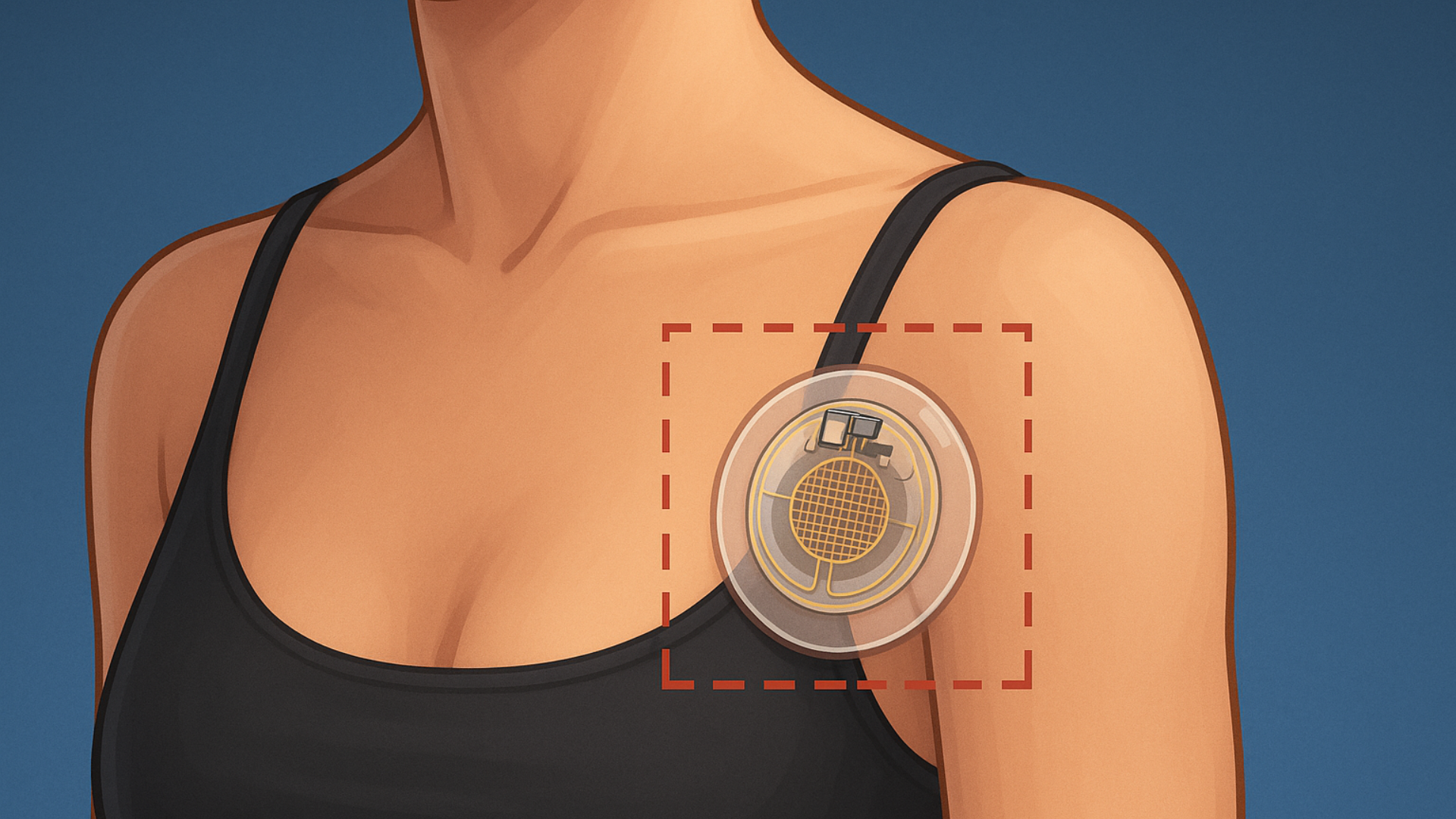Summary
- The new biopatch offers direct organ treatment, potentially reducing side effects.
- The patch delivers medication precisely into targeted cells..
- Potential to revolutionize drug delivery and overcome barriers, like ineffective treatments.
One of the biggest problems when it comes to treating internal organs is that, well, they’re internal. Which means that either treatments have to be traumatically invasive, or medicine has to be pushed through our metabolic pathways, which isn’t as efficient and can have unwanted side effects.
Now, scientists have created a “biopatch” (as seen in the journal Nature) that sits below the skin or on the surface of an organ—with profound implications for medical treatments.
The Problem of Treating Organs With Drugs
If you have an illness that affects a particular organ (e.g. your liver, or pancreas), then you should probably take some sort of oral medicine, or perhaps a subcutaneous injection for chronic conditions like diabetes.
While the ailment might largely affect one organ, the medicine has to take a long, convoluted path to get there. This often means that the drug dosage has to be relatively high so that enough of it makes it into the target organ to work. On top of that, the drug might have interactions with organs and other tissues in the body you don’t want. I.e. those dreaded side effects that are listed in every box of pills.
Related
What Health Conditions Can an Apple Watch Detect?
The Apple Watch can effectively detect and monitor a few health conditions, but there are some caveats.
The Biopatch Solves A Long List of Problems
Now, Chinese scientists have created a NanoFLUID patch. The 2025 paper is behind a paywall, but you can read the 2022 preprint for free to get the basic idea.
The team has created a “chipless, soft nanofluidic intracellular delivery” patch. In other words, it’s a little like a band-aid that’s stuck on the surface of an organ. Inside this ultra-thin, multi-layer patch there’s a tiny amount of medication. The patch can release this medication in precise doses directly into the cells of the organ in question.
Related
How Will Future Implant Technology Get Power?
Implantable technology is becoming more common, but we need to find ways to power these gadgets in a sustainable way.
A big part of what makes this a breakthrough is that this tiny patch is self-contained. So, once it’s been implanted, it doesn’t need wiring leading to the outside, and it’s made from biocompatible materials, and doesn’t contain any sort of microchip. Instead, wireless power is used to activate and control it.
Related
This Smart Technology Really Helped Me When I Was Sick
I’ve never been more appreciative of smart home tech.
Regenerative Drugs Can Repair or Heal Organs Directly
If you have direct access to an organ (or a tumor) it opens up all sorts of possibilities. Imagine that a failing organ could be rehabilitated instead of replaced. Or that a transplanted organ could have anti-rejection drugs delivered to it and only it, without compromising the rest of the immune system. Heck, it might even be possible to gene-edit some organs to remove the need for anti-rejection drugs.
To be clear, this is pure speculation on my part as a complete layman, but it seems to me that as soon as you bring medical scientists right to the doorstep of the organ without having to worry about all the barriers inbetween, you’ll allow them to try things that were simply ineffective or too dangerous before.
It’s also worth keeping in mind that we’re in the golden age of drug discovery right now, thanks to computer technology and AI. For example, Google’s AlphaFold has discovered the complex structures of millions of proteins. Pushing the research field decades or not centuries ahead in just a few years.
Many of these proteins will obviously be useful in treating diseases, but getting large proteins where they need to go isn’t easy, since they’ll be broken down before making it where they need to go. There are once-off precision delivery mechanisms already, but something like this biopatch could repeatedly deliver this payload over a long period of time as needed.
Related
What Happened to 3D-Printed Organs?
Are they still coming?
This Is Just the Beginning
The paper only details how the patch was used on the mammary glands of mice, the delivery of gene editing and screening materials, the treatment of breast cancer tumors, and the treatment of acute liver injury. However, the potential applications are effectively limitless.
For one thing, so many promising medicines that seem to work well in a petri dish don’t stand up to typical drug delivery pathways. A direct delivery system like this biopatch could be a game-changer when it comes to the types of medicines and treatments that are available.
It’s early days, and the biopatch is just one of several more precise delivery technologies we’ve seen for, among other things, the treatment of cancer. It’s always good to have as many tools in your arsenal as possible, and I for one will be watching further trials of this one with interest.
In the short term, I hope we see it applied as an alternative to traditional chemotherapy, limiting the side effects and the total amount of cancer-killing drugs that are needed. Like any new medical intervention, this will have to go through lengthy safety trials, but given that it’s relatively easy to implant, I hope progress in this area is swift.
Source link
